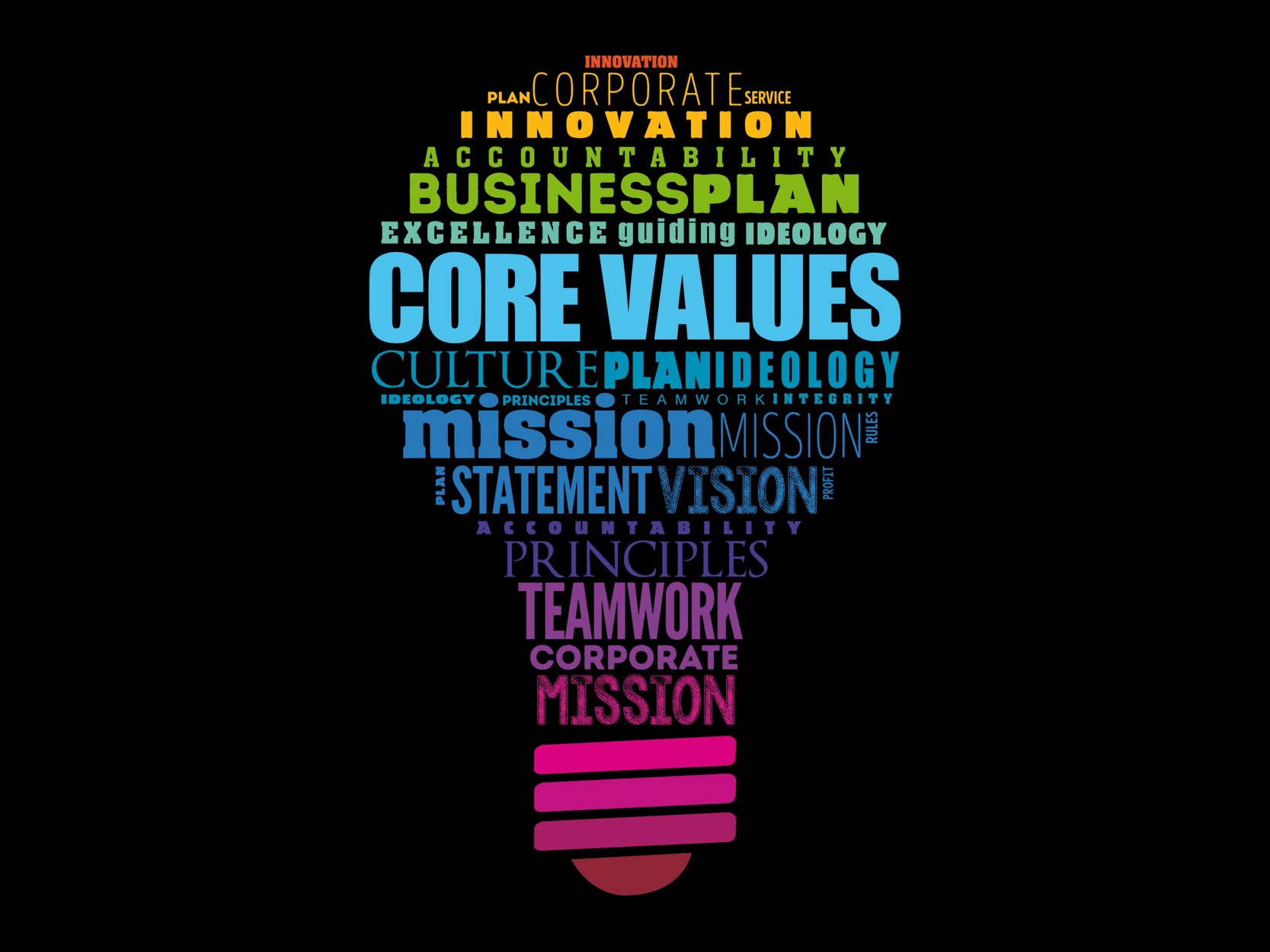
Cultural Hierarchy at Work Matters
Today’s leaders face incredible challenges and pressures. As the rate of change increases, an organization’s ability to adapt becomes paramount to its success. Yet, our change management simulation data tells us that most change initiatives do not meet original expectations.
Why?
Because change management consulting experts know that sustainable organizational change means changing the hearts and minds of people – a notoriously tricky and eclectic group. Organizational changes must go through people and culture to be successfully implemented. When new strategies, organizational restructurings, and digital transformations do not give enough consideration to the people and the current cultural norms, they are doomed to fail.
Ed Shein’s Cultural Hierarchy at Work to Pay Attention To
To ensure that organizational changes stick, change leaders must orchestrate purposeful interventions that shape three levels of cultural hierarchy originally published in 1985, Ed Schein’s book “Organizational Culture and Leadership.”
How well do your tangible and intangible cultural artifacts align with your desired changes?
Espoused values are important because they represent the reasons why individuals, teams, and leaders behave the way they do in an organization. Effective corporate values help improve and guide decision making, organizational health, and corporate performance. Ineffective corporate values can be irrelevant or directly fuel toxic workplaces, cynicism, distrust, confusion, ambiguity, misalignment, and employee disengagement.
Are your espoused corporate values helping or hindering your desired changes?
For example, if your organizational beliefs are that you must win at all costs (e.g., climbers who knowingly walk past other dying climbers to ensure that they can summit Mount Everest or Lance Armstrong’s take-no-prisoners path to cycling championships), you need to be aware of the potential cultural and strategic consequences on mental health, relationships, and risk taking. It is important to note however, that underlying assumptions are not “right or wrong” nor “good or bad;” they just need to be in coherence with the desired changes so that they do not impede progress.
Are your underlying assumptions helping or hindering your change initiatives?
The Bottom Line
While culture is unique to each company and organizational change is rarely linear, cultural misalignments will derail the best laid plans for change. If you want to encourage stakeholders to work for, not against, change, you must assess your organizational culture and ensure that your company’s artifacts, espoused values, and underlying assumptions are helping and not hindering your desired changes. Is your cultural hierarchy at work helping you get to where you want to go?
To learn more about cultural hierarchies at work, download Changing Corporate Culture: 4 Do’s and 3 Don’ts

Tristam Brown is an executive business consultant and organizational development expert with more than three decades of experience helping organizations accelerate performance, build high-impact teams, and turn strategy into execution. As CEO of LSA Global, he works with leaders to get and stay aligned™ through research-backed strategy, culture, and talent solutions that produce measurable, business-critical results. See full bio.
Explore real world results for clients like you striving to create higher performance